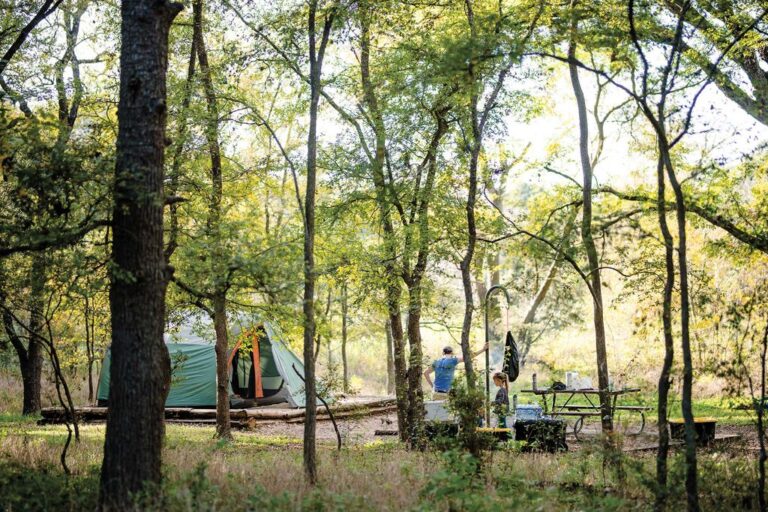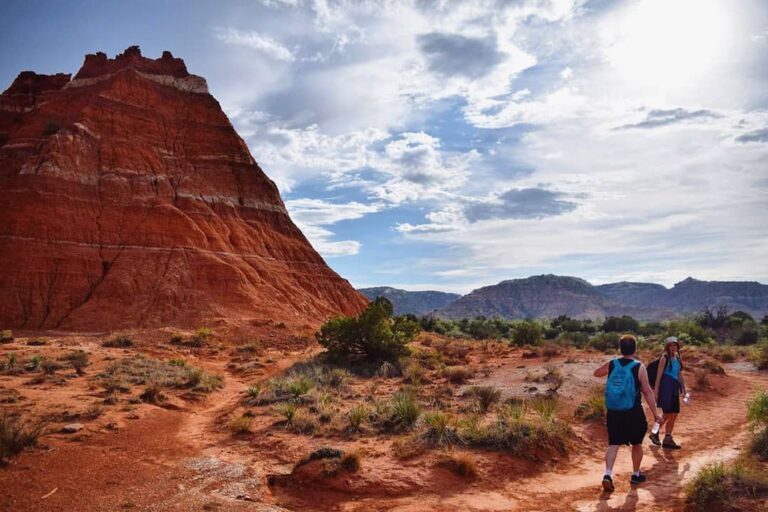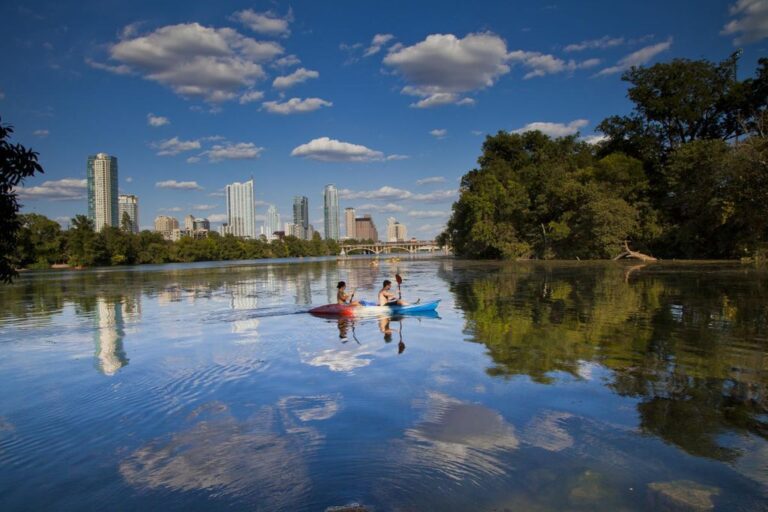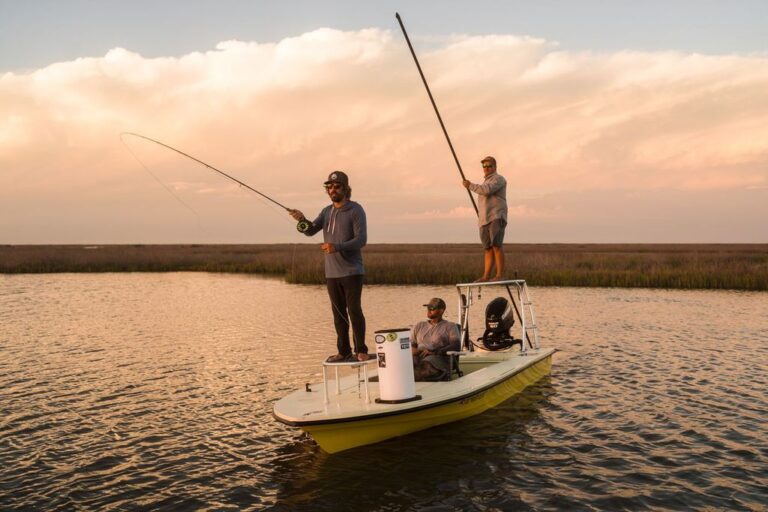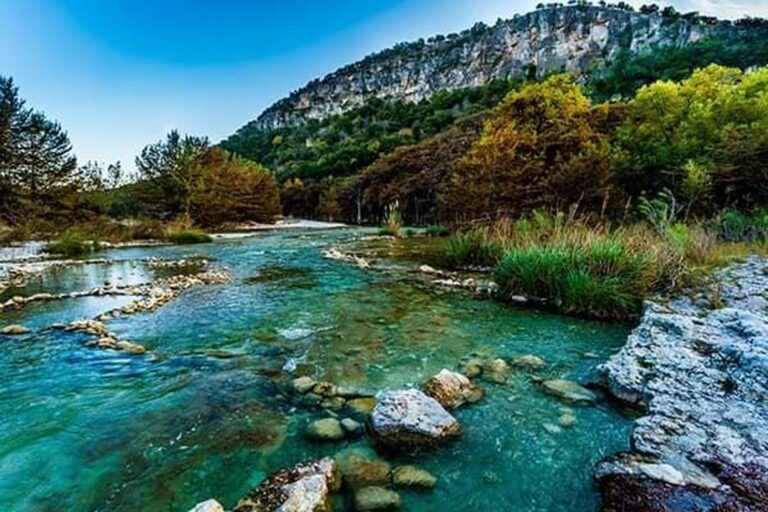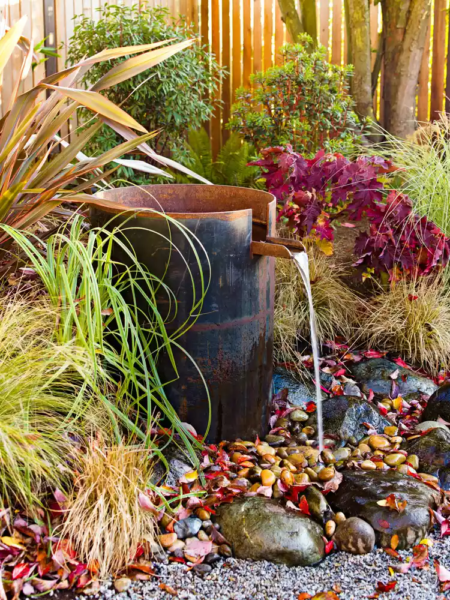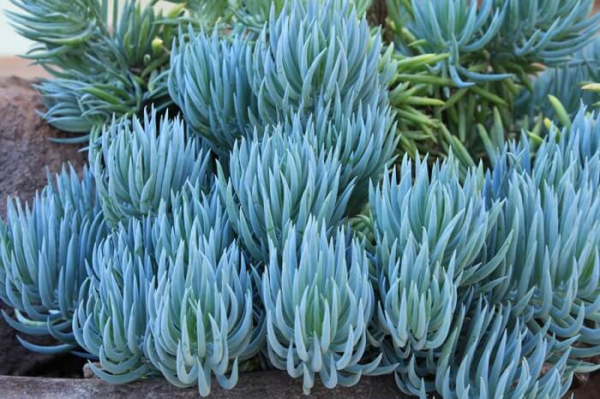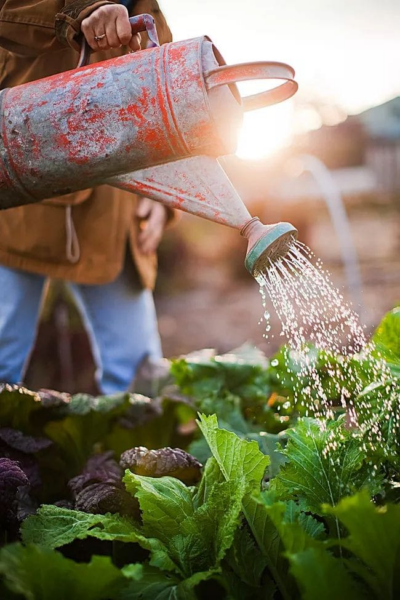How Texans Are Supporting Conservation and Sustainability Efforts Across the State
Texas, with its vast and breathtaking landscapes, is a state teeming with natural resources and biodiversity. From the rolling grasslands of the Panhandle to the wetlands along the Gulf Coast, the Lone Star State provides critical habitats for thousands of plant and animal species. It is also home to some of the fastest-growing urban areas in the United States. This rapid development, coupled with industrial activities and climate change, places immense pressure on Texas’s ecosystems.
In response, Texans from all walks of life are stepping up to support conservation and sustainability efforts. Through individual actions, community initiatives, and statewide programs, these efforts are shaping a greener, more sustainable future. In this comprehensive article, we’ll explore how Texans are making a difference, the challenges they face, and what lies ahead for conservation in the state.
1. The Importance of Conservation and Sustainability in Texas
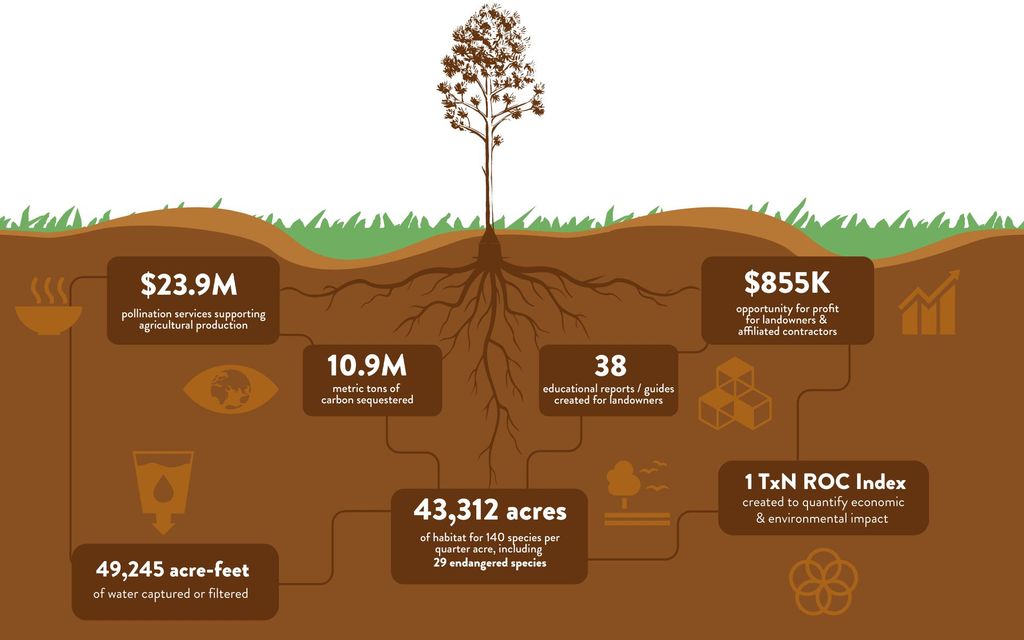
Texas’s natural resources are not only vital to its ecological health but also to its economy, culture, and quality of life. The state boasts:
- Diverse ecosystems: Including deserts, forests, grasslands, and wetlands.
- Unique wildlife: Texas is home to species such as the whooping crane, Kemp’s ridley sea turtle, and Texas horned lizard.
- Significant water resources: Rivers like the Rio Grande and lakes like Caddo Lake support both humans and wildlife.
However, these resources are under threat from a variety of challenges, including urbanization, water scarcity, pollution, and habitat loss. Conservation and sustainability efforts aim to address these issues by:
- Protecting biodiversity: Ensuring endangered species and habitats are preserved.
- Improving resource efficiency: Reducing waste and conserving energy and water.
- Promoting environmental awareness: Encouraging Texans to adopt sustainable lifestyles.
2. How Texans Are Supporting Conservation Efforts
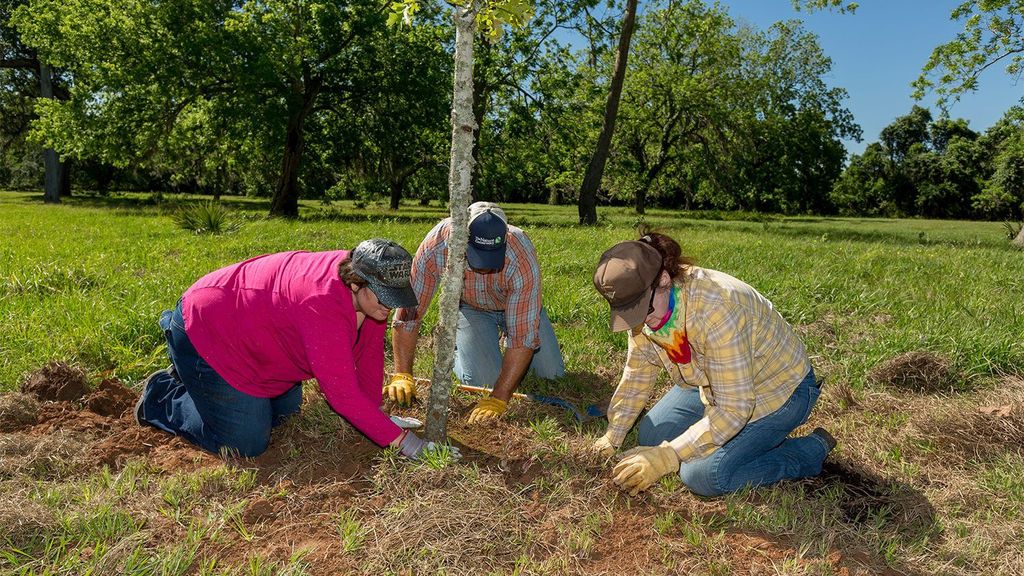
Texans are finding innovative and impactful ways to preserve their state’s natural beauty and resources.
2.1. Volunteering for Conservation Projects
Community involvement is at the heart of Texas’s conservation efforts. Across the state, volunteers are dedicating their time to protect and restore natural areas.
- Habitat Restoration: Projects like reforesting native trees in the Hill Country and restoring grasslands in the Panhandle are helping to revive degraded ecosystems.
- Waterway Cleanups: Organizations like Keep Texas Beautiful organize events to remove litter and pollutants from rivers, lakes, and beaches.
- Wildlife Monitoring: Programs like the Texas Master Naturalist volunteer network engage citizens in tracking bird migrations, amphibian populations, and invasive species.
2.2. Private Land Conservation
With over 95% of Texas’s land privately owned, landowners play a pivotal role in conservation. Many are partnering with organizations such as the Texas Land Trust Council to:
- Establish conservation easements that protect land from development while maintaining private ownership.
- Manage rangelands sustainably through techniques like rotational grazing and wildlife-friendly fencing.
2.3. Advocacy for Environmental Policies
Texans are pushing for legislation and policies that prioritize sustainability and conservation. Key areas of focus include:
- Renewable Energy: Supporting Texas’s leadership in wind and solar energy production to reduce reliance on fossil fuels.
- Water Management: Advocating for sustainable water-use practices in agriculture, industry, and urban areas.
- Wildlife Protection: Ensuring laws are in place to safeguard endangered species and their habitats.
2.4. Educating Future Generations
Education is a cornerstone of long-term conservation success. Schools, nonprofits, and community groups are teaching young Texans about the importance of sustainability through:
- Environmental Science Programs: Organizations like the Texas Wildlife Association host youth camps and workshops.
- School Gardens: Many schools have introduced gardening programs that teach students about native plants, food production, and pollinator conservation.
- Field Trips and Nature Centers: Facilities like the Lady Bird Johnson Wildflower Center offer hands-on learning experiences about Texas’s ecosystems.
3. Advancing Sustainability Efforts Across Texas
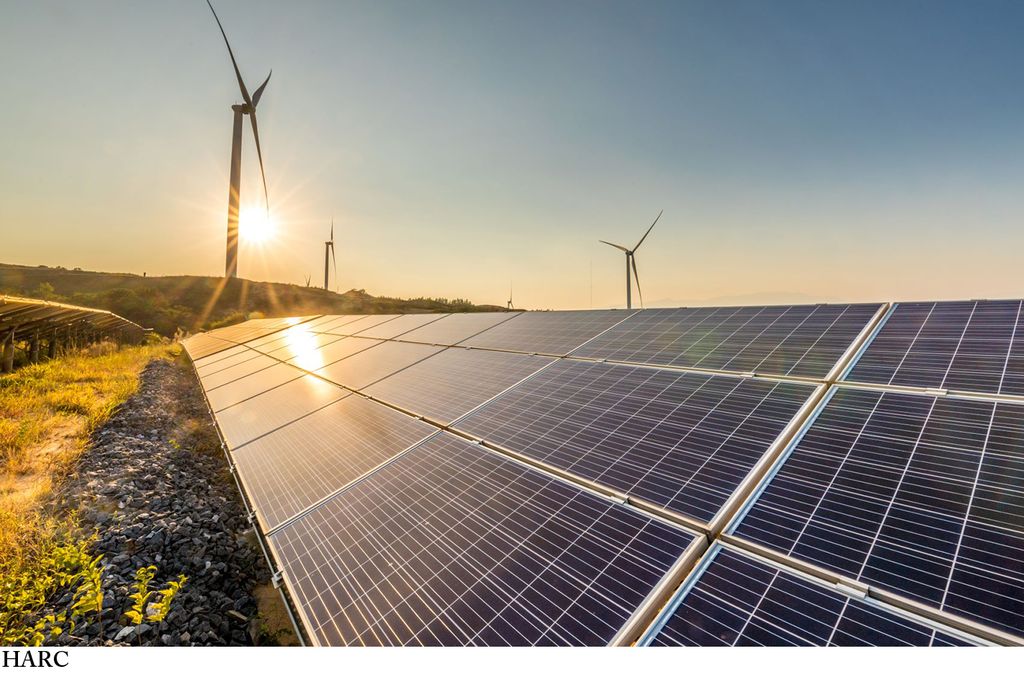
In addition to conservation, Texans are embracing sustainability as a way to balance economic growth with environmental protection.
3.1. Renewable Energy Leadership
Texas is a national leader in renewable energy, thanks to its investment in wind and solar power:
- Wind Energy: The state generates more wind power than any other, providing clean energy to millions of homes.
- Solar Farms: With abundant sunshine, Texas has rapidly expanded its solar capacity, reducing its carbon footprint.
3.2. Sustainable Agriculture Practices
Farmers and ranchers in Texas are adopting eco-friendly techniques to protect soil, water, and biodiversity:
- No-Till Farming: Reduces soil erosion and improves water retention.
- Rotational Grazing: Encourages pasture recovery and improves forage quality.
- Organic Farming: Supports healthier ecosystems by avoiding synthetic pesticides and fertilizers.
3.3. Urban Sustainability Initiatives
Texas’s cities are implementing innovative solutions to reduce their environmental impact:
- Green Infrastructure: Houston and Dallas are integrating green roofs, rain gardens, and permeable pavements to manage stormwater and reduce urban heat.
- Public Transit Expansion: Cities like Austin are investing in light rail and electric buses to reduce traffic congestion and emissions.
- Recycling and Waste Reduction Programs: Local governments are promoting composting and reducing single-use plastics to minimize landfill waste.
4. Success Stories in Texas Conservation and Sustainability
The collective efforts of Texans have led to remarkable achievements:
4.1. Gulf Coast Wetland Restoration
Restoration projects along the Texas Gulf Coast have revitalized critical wetlands, improving flood protection and providing habitats for waterfowl and marine life.
4.2. Reviving Texas Prairies
Collaborative initiatives between landowners and conservation groups have restored thousands of acres of native prairies, benefiting pollinators, soil health, and carbon sequestration.
4.3. The Rise of Eco-Tourism
Sustainable tourism, including birdwatching, hiking, and kayaking, is boosting local economies while encouraging environmental stewardship.
4.4. Expansion of Protected Areas
Thanks to public support and advocacy, Texas has expanded its state park system, ensuring more land is preserved for recreation and wildlife.
5. Challenges Facing Conservation and Sustainability in Texas
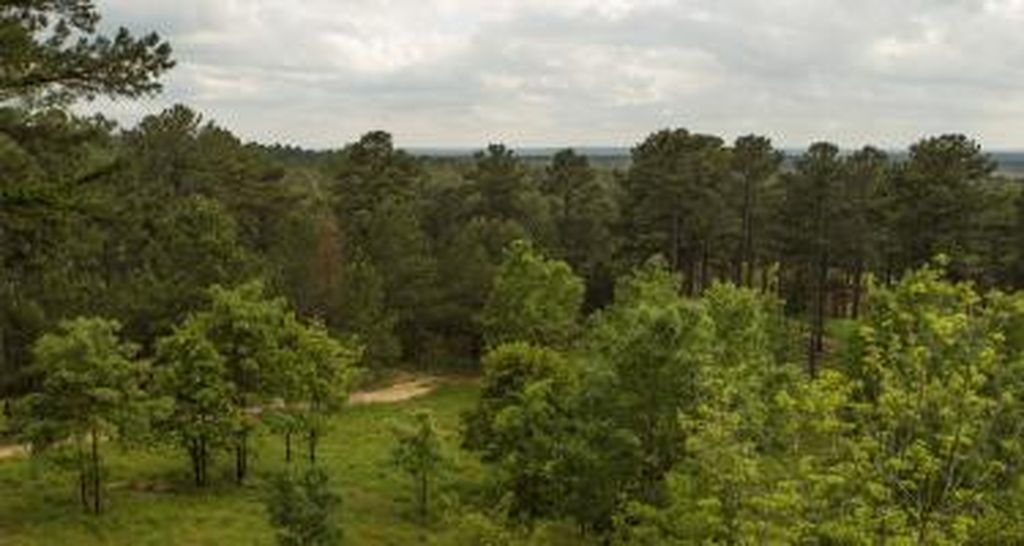
Despite significant progress, several challenges remain:
- Urbanization: Rapid development continues to encroach on natural habitats and agricultural lands.
- Water Scarcity: With Texas’s growing population and prolonged droughts, water resources are under immense strain.
- Pollution: Industrial emissions and agricultural runoff threaten air and water quality.
- Climate Change: Rising temperatures, severe storms, and unpredictable weather patterns disrupt ecosystems.
Overcoming these challenges requires collaboration among individuals, organizations, and policymakers.
6. How Texans Can Get Involved in Conservation and Sustainability
Texans can contribute to the state’s environmental efforts through simple yet impactful actions:
6.1. Volunteer Locally
- Join cleanup events, habitat restoration projects, or wildlife monitoring programs.
- Become a member of networks like the Texas Master Naturalist Program.
6.2. Practice Sustainability at Home
- Reduce water usage with low-flow fixtures and drought-resistant landscaping.
- Switch to renewable energy providers or install solar panels.
- Recycle, compost, and minimize single-use plastics.
6.3. Advocate for Change
- Support policies that promote renewable energy, conservation funding, and sustainable agriculture.
- Write to legislators to prioritize environmental initiatives.
6.4. Support Conservation Organizations
- Donate to nonprofits like the Texas Parks and Wildlife Foundation or The Nature Conservancy.
- Attend events and fundraisers that benefit local conservation projects.
7. The Future of Conservation and Sustainability in Texas
The future of Texas’s environment depends on the continued dedication of its residents. Advances in technology, such as precision agriculture and AI for wildlife monitoring, are enhancing conservation efforts. Meanwhile, growing public awareness is driving greater participation in sustainability initiatives.
By building on past successes and addressing current challenges, Texans can ensure their state remains a beacon of natural beauty and biodiversity for generations to come.
Conclusion
Texans are proving that conservation and sustainability are not just noble causes but practical necessities for the state’s future. Through individual efforts, community engagement, and statewide initiatives, they are making a significant impact on preserving Texas’s natural resources and promoting sustainable development.
The challenges are substantial, but the passion and resilience of Texans provide hope. By getting involved and embracing sustainable practices, everyone can play a role in protecting the Lone Star State’s unique heritage. Together, Texans are paving the way for a greener, more sustainable future.
Q&A: Frequently Asked Questions About Conservation and Sustainability in Texas
Q1: Why is conservation important in Texas?
Conservation is crucial in Texas to protect its diverse ecosystems, preserve endangered species, and maintain natural resources like clean water and fertile soil. Conservation efforts also mitigate the effects of urbanization, climate change, and industrial development, ensuring a sustainable future for both people and wildlife.
Q2: What are the biggest threats to Texas’s environment?
The major threats include:
- Urbanization: Rapid development is encroaching on natural habitats.
- Water Scarcity: Droughts and increased water demand strain the state’s water resources.
- Pollution: Agricultural runoff, industrial emissions, and plastic waste degrade air, water, and land quality.
- Climate Change: Rising temperatures and severe weather events disrupt ecosystems and biodiversity.
Q3: How are Texans leading renewable energy efforts?
Texas is a national leader in renewable energy production:
- Wind Power: Texas produces more wind energy than any other state, reducing reliance on fossil fuels.
- Solar Energy: Rapid solar farm expansions are helping to power homes and businesses sustainably.
Q4: How can individuals contribute to conservation in Texas?
There are many ways to support conservation efforts:
- Volunteer: Participate in cleanup drives, habitat restoration projects, or wildlife monitoring programs.
- Donate: Support conservation organizations like the Texas Parks and Wildlife Foundation or The Nature Conservancy.
- Adopt Sustainable Practices: Reduce water and energy consumption, recycle, and use eco-friendly products.
- Advocate: Support environmental policies and write to lawmakers to prioritize conservation initiatives.
Q5: What are some success stories of conservation in Texas?
Texans have achieved remarkable conservation milestones, such as:
- Restoring wetlands along the Gulf Coast, which provide critical wildlife habitats and protect against hurricanes.
- Reviving native grasslands to support pollinators and improve soil health.
- Expanding state parks and protected areas for recreation and wildlife conservation.


